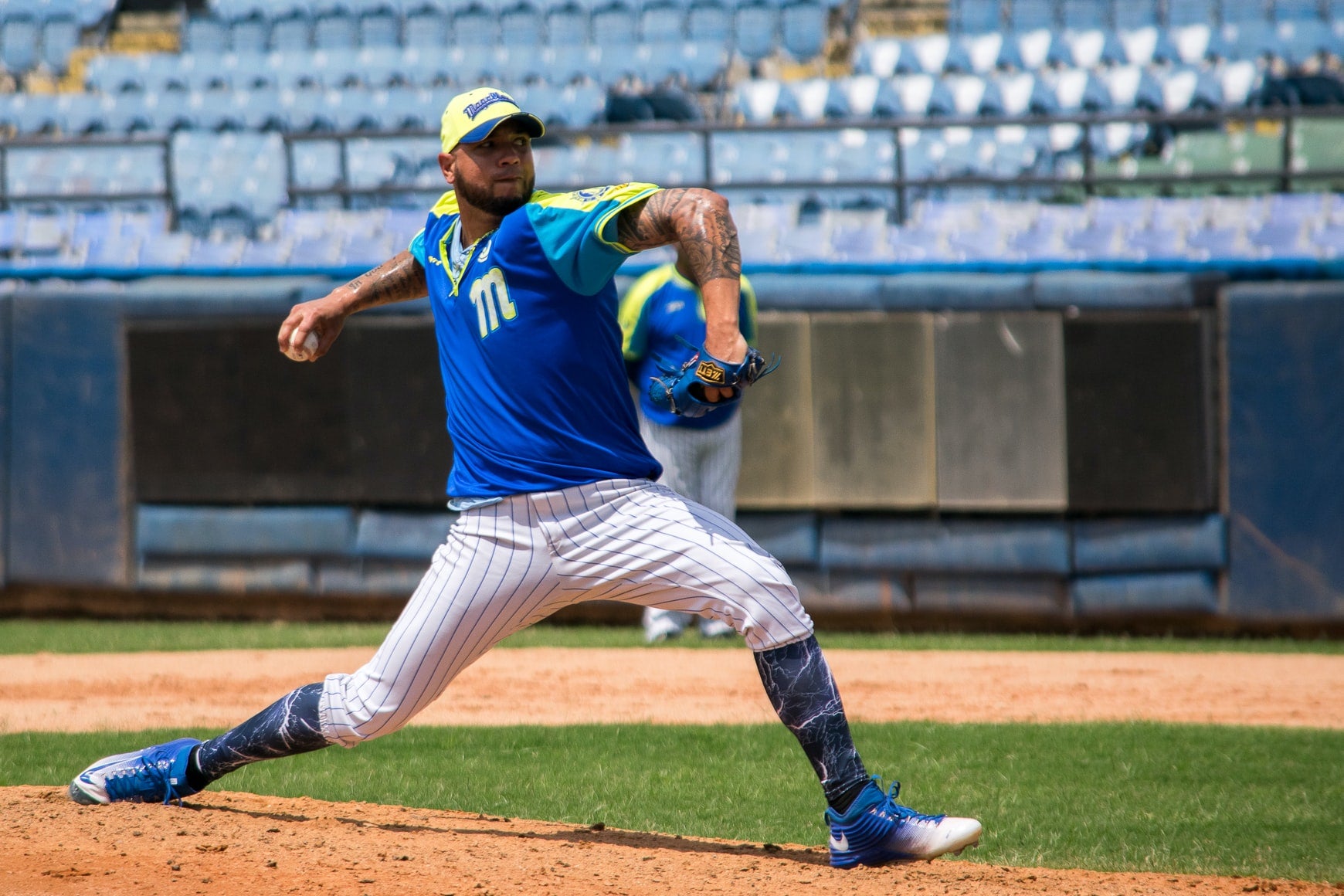Your Cart is Empty

Start the proper treatment for tennis, volleyball, or baseball sports injuries to ensure rapid recovery.
If you are an athlete who engages in sports such as tennis, baseball, or volleyball, then you understand how much overhead reaching occurs while participating in those activities. These sports with high velocity overhead motions can be a lot of fun, but they can also place incredible stress on your shoulder joint.
Participation in sports that require overhead motions can be a cause of shoulder pain. This pain can affect your ability to lift your arm properly or reach in various directions. Shoulder pain from overhead sports can also prevent you from engaging in your normal work or recreational activities.
Anatomy of the Shoulder
To understand pain that occurs with overhead sports, you must first understand the basic anatomy of your shoulder joint. Your shoulder is a complex joint formed by the articulation of your arm bone, your shoulder blade, and your collar bone. Many muscles attach around your shoulder, giving the joint a balance of stability and mobility.
The glenohumeral joint in your shoulder is a ball and socket formed by the articulation of your arm bone and your scapula. The ball is much bigger than the socket, and this allows your shoulder to move fully many different directions. It also means that the ball can easily move out or away from the socket. The top of your glenohumeral joint is protected by a bony projection from your scapula called the acromion process.
The rotator cuff is a group of 4 muscles that help control the position of your shoulder. These muscles contract when you move your arm and lift your arm overhead, and they are active during overhead activities like the tennis serve or when throwing a baseball.
What Can Go Wrong?
During overhead throwing and tennis serving, the space between your shoulder joint and the acromion on the top of your shoulder decreases. When this occurs, structures like your rotator cuff tendon or shoulder bursa can become pinched. Repetitive pinching of these structures can cause pain and limit your ability to freely move your shoulder and arm.
Initial Steps in Treating Shoulder Pain from Overhead Sports
If you develop pain in your shoulder as a result of repetitive overhead throwing or racquet sports, you should visit your doctor to assess your situation to get a definitive diagnosis of your condition.
There are a few things you can do to help decrease the pain and inflammation in your shoulder that may occur during overhead sports activities. These may include:
R.I.C.E: Rest, ice, compression, and elevation is always a good first step in treating sports related musculoskeletal injuries. When shoulder pain strikes, apply ice for 15 to 20 minutes with a well fitted, compressive shoulder wrap. The ice should be used for the first 2 to 3 days after injury.
The ice and compression that is applied initially after the onset of your injury helps to limit circulation to the injured tissues. This helps control the inflammatory process and decreases pain and swelling that occurs after injury.
Heat: After you have used ice for a few days to control the initial inflammatory process in your painful shoulder, you may want to start using heat. Heat helps to increase circulation to the injured tissues which helps to improve tissue extensibility and mobility.
Heat should be applied to your shoulder with a properly fitted shoulder wrap, and it can be applied for 15 to 20 minutes. Care should be taken not to burn your skin, so be sure you use a wrap that is specifically made for your shoulder and check your skin often during application of heat.
Exercise: Exercise is an important component of treating your shoulder pain that occurs from overhead sports like tennis or baseball. A visit to your physical therapist can help you determine the specific exercises that you should be doing.
Exercises for shoulder pain initially focus on restoring normal pain free range of motion around your joint. Once your shoulder mobility has been restored, rotator cuff strengthening with resistance bands or free weights should be initiated to help keep your shoulder joint in the proper position while throwing or playing tennis. Shoulder blade stabilization exercises may also be indicated to help you regain normal control of your shoulder complex during the high velocity motions that occur with throwing or using a tennis racquet.
As you are performing your exercises to treat your shoulder pain, you may still wish to use heat and ice wraps to maintain appropriate control of the inflammatory process.
What if My Pain Persists?
Usually, shoulder pain from overhead sports resolves with the proper treatment in 4 to 6 weeks. If your pain persists for a longer period of time, you may want to consider visiting an orthopedic surgeon. He or she may perform testing to determine if a serious problem has occurred with your shoulder. More invasive procedures like injections or surgery may be necessary to treat your shoulder pain.
Shoulder pain that occurs with overhead sports like tennis or baseball can limit your ability to raise your arm normally and fully participate in your sport. By starting the right treatments for your shoulder at the right time, you can be sure you quickly and safely get back to your previous level of function and activity.
Comments will be approved before showing up.